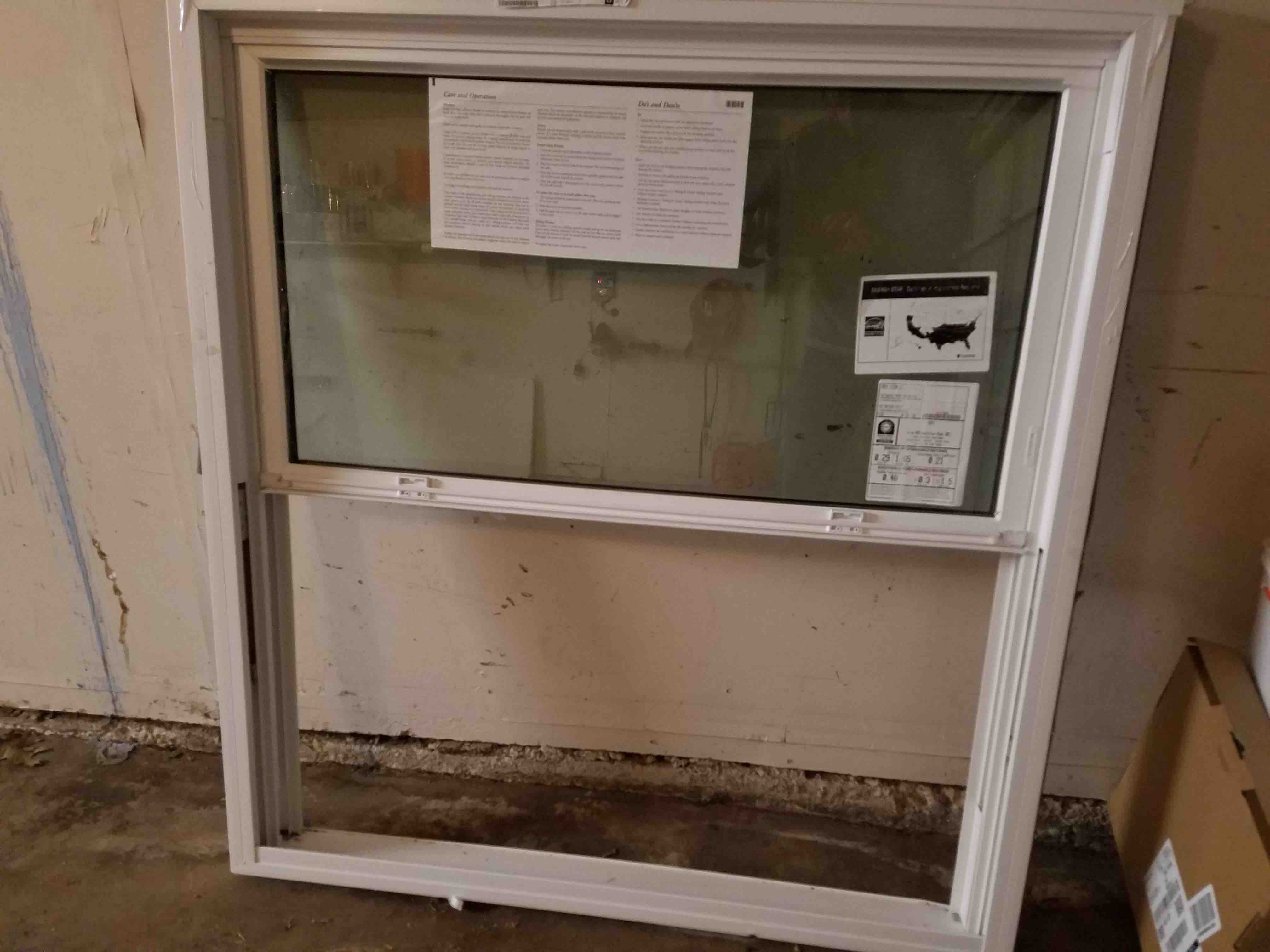Every day we all make observations about how we could make the companies we buy from better. I decided that I would start writing about Supply Chain issues that I observe "in the wild" and relate them back to Supply Chain concepts, strategies, measurements, and best practices that can be used to help a business improve costs and reduce working capital needs.
In this first series of posts, I am going to use an experience I am currently having with the installation of replacement windows for our house and take you through a Supply Chain improvement framework as it relates to this project.
My wife and I have an older house in a wonderful neighborhood in Dallas, TX. We have needed to replace the original windows that were installed in the early 1960s. Although the sales process was extremely smooth the installation process has been awful. We paid our down payment at the end of December and as of the first week of May, we still do not have the job completed.
As a constructive way to deal with my frustration, I thought I would write about how Visigistics would approach implementing a strategy to measure and improve the Supply Chain for the company manufacturing my windows.
Over the next few blog posts, I will focus on 5 key performance attributes. Today I am going to go over Supply Chain Reliability.
Supply Chain Reliability is the ability to perform tasks as expected. In the case of the window manufacturer, it would be the percentage of orders with a defect-free product shipped and installed within the time expectations set by the salesperson. Reliability is by measured through Perfect Orders (delivered and installed on time, in perfect condition, with the correct quantity).
The Perfect Orders metric is all about meeting customer expectations. An order is either perfect or it isn’t. Many companies will measure fill rate (percent of items shipped to orders) to determine how well they are doing. Fill rate can give a false sense of performance versus perfect orders. For example, at one company, they touted a 97% fill rate after a new system implementation, yet when we tried to dive down into perfect orders, we saw they were only shipping 35% of the orders complete. That means that 65% of the time they were not meeting the customers’ expectations on quantity shipped, much less the condition of the product or whether it was delivered on time.

In the case of the windows, there were several issues that did not lead them to fulfil a perfect order. They did not ship or deliver on time, one window was broken and there were quality issues with several of the windows and some pieces had to be remanufactured (multiple times now).
Sometimes the perfect orders metric is very hard to measure. It requires discipline to measure not just shipment dates, but delivery dates. It requires companies to commit when something will be delivered and then measure it. Orders must ship complete and without defects. Everything with the order must be perfect or it doesn’t count. If you are having trouble measuring this metric, ask your customers how you are doing.
Now, should the goal be 100% perfection? It depends... getting every order perfect every time is very difficult and at some point, the cost to improve a fraction of a percentage may not be worth the investment. This metric should be looked at holistically with other Supply Chain metrics and your Supply Chain strategies. Your company should benchmark against other companies of similar industries, and your team will need to determine if the desire is to be on par with benchmarks, be significantly better than the benchmarks, or somewhere in between.
Why should you care about how reliable your processes are in your Supply Chains? Well, if it isn’t obvious, I will give a brief explanation. First and foremost, unhappy customers are more likely to tell people than happy customers. I will not be recommending this company to my neighbors or friends (or readers). These issues result in lost sales opportunities.
Secondly, the manufacturing issues that this company is experiencing lead to much lower profits. I find it hard to believe that my case is an isolated incident. The window company has had to remanufacture four windows, ship them from the Midwest to Dallas, and then will have to send another installer to install the last window and switch out the windows that have broken sashes. I don’t know what this would cost the window company but: they have lost production capacity that could be generating new revenue; they have spent additional transportation and handling costs to get them to Dallas; they have had to pay for the additional materials and have to pay an installer to come back out multiple times.
Finally, this has affected their cash-to-cash cycle because I will not pay them for the job until it is completed to my satisfaction. We will discuss the cash-to-cash cycle more in another post.
Measuring the reliability of your Supply Chain processes is a must if you want to meet or exceed your customers’ expectations. Benchmarking helps you compare yourself to other companies in similar industries. Once you determine the gap between where your company is and where you want to be, there are additional metrics under perfect orders. I won't go into them here but will give some questions to ask your team:
- What percentage of orders are delivered complete and on-time? Can we measure this?
- What is the root cause for not shipping our orders perfectly? Remember, orders are either perfect or they are not.
- What are the top reasons for returns from our customers?
- How many credits are we issuing customers and why?
If you need help answering any of these questions or identifying areas of opportunities within your operations, feel free to reach out. We would love to talk about your challenges.
In our next post, we will discuss Responsiveness in Supply Chains.





